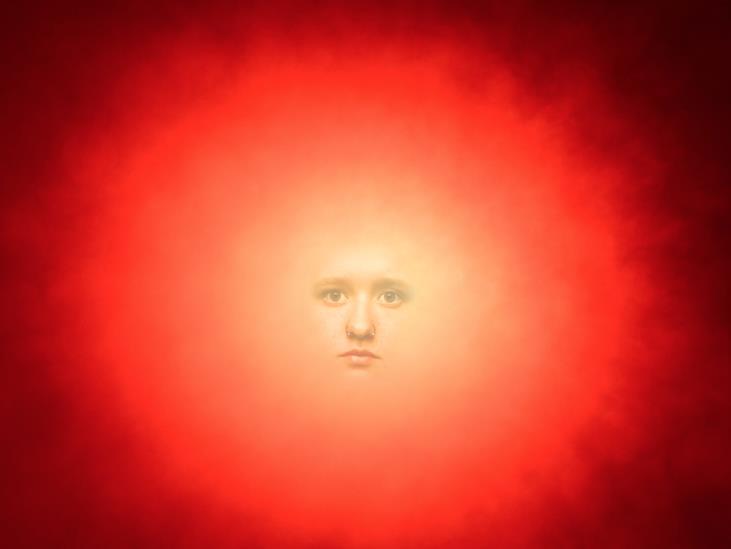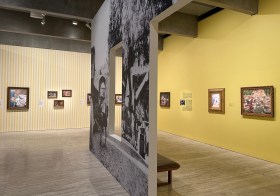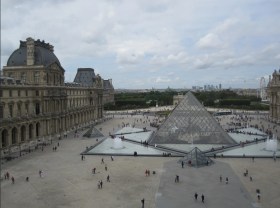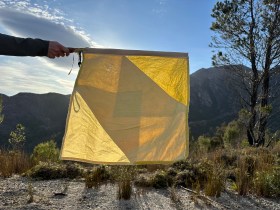India Kenning, Bachelor of Creative (Visual Arts) Graduate. Image supplied.
The Bachelor of Creative Arts (Visual Arts), TAFE SA, in partnership with Flinders University, offers students the flexibility of gaining a qualification after each year of completion, allowing them to focus on their creative practice.
‘It’s a qualification that has recognised exit points and that is pretty rare,’ said Greg Ackland, the Principal Lecturer of Visual Art at TAFE SA.
‘At the end of Year 1 a student could leave with a Diploma of Visual Art. At the end of Year 2 they could leave with an Advanced Diploma of Visual Art, and if they complete Year 3, they have a BA of Creative Arts with a visual arts focus,’ he said.
The BA is an intensive studio-based program that covers both creative and academic skills where students receive rigorous training in ceramics, jewellery, painting, photography, printmaking or sculpture.
Ackland believes creatives have a skillset that allows them to approach tasks in a critical way and that this is a sought after skill in a competitive job market.
‘Studying creativity is a skill required for now and future employment in a variety of industries,’ Ackland said. ‘These are the types of skills that people need to develop to be able to continue to innovate and unpack life and employment in new ways.’
He added: ‘The ideas that get thrown around about innovation and entrepreneurship live within the Science, Technology, Engineering, and Maths space, and we feel that one of the vital pieces that’s missing is the creativity that comes from the humanities direction; learning to deal with ambiguity, being curious and questioning everything – combining the old and new. These are the types of skills that people need to develop to be able to continue to innovate and unpack technology in new ways.’
Those who have completed the BA are now deeply entrenched with the creative industries sector, working in a variety of fields.
‘Students who have graduated from the Bachelor of Creative Arts (Visual Arts) work in a wide variety of creative disciplines ranging from running micro businesses online to teaching art and having a professional studio and exhibition practice,’ Ackland said.
‘Many graduating students have achieved top Australian visual art awards such as Helpmann Academy awards and grants in addition to PICA national visual art graduate awards and scholarships,’ he added.
Ackland said anyone who wants to expand their creative skillset is welcome to apply for the BA of Creative Arts and, unlike other courses, TAFE SA does not require an arts folio.
‘We believe everyone deserves a chance to see what kind of creativity they can unlock’ Ackland said. ‘For most of us, it’s kind of beaten out of us through school and if we were only looking at people who had portfolios, then we’re missing more than half the market, as well as people who will have an enriched life through finding a creative outlet and their study.
Upon completing their undergraduate degree students at TAFE SA can continue their study through the program’s studio-based Honours degree or undertake the Creative Incubator Program, which provides student-focused specific development with supervision and studio access.
Visit tafesa.edu.au to learn more about TAFE SA and Flinders University’s Bachelor of Creative Arts (Visual Arts).





